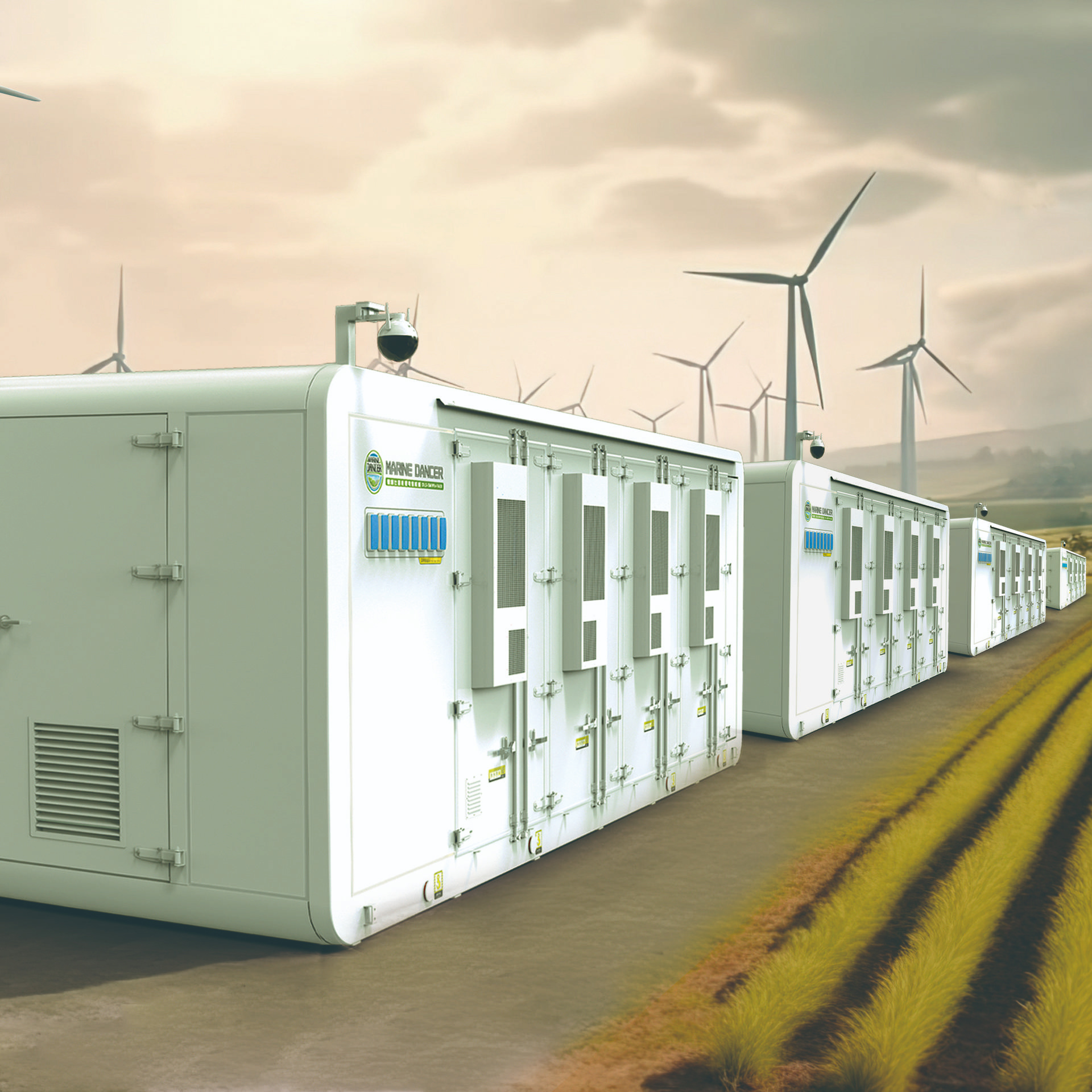
Information
Guide to Selecting Energy Storage Cables
Release time: 2025-02-07
Against the backdrop of the global energy transition, the new energy industry is booming. Energy storage technology, as a key factor in balancing energy supply and demand and enhancing energy utilization efficiency, is becoming increasingly important. Energy storage cables, a crucial component in energy storage systems, play a vital role in efficiently transmitting and distributing electrical energy and are an important link in ensuring the stable operation of energy storage systems.
Importance and Application Scenarios of Energy Storage Cables
Energy storage cables are widely used in wind farms, photovoltaic power stations, electric vehicle charging stations, and various distributed energy storage facilities. These application scenarios are complex and diverse, imposing stringent requirements on the performance of energy storage cables. Energy storage cables not only need to have a high current - carrying capacity but also be able to adapt to harsh environments such as high temperatures and acid - base corrosion. At the same time, they must have good flame - retardant properties and weather resistance. Therefore, choosing the right energy storage cable is crucial for the smooth progress of new energy projects.
Key Points for Purchasing Energy Storage Cables
(I) Internal Connections in Energy Storage Power Stations
- High Current - Carrying Capacity: The internal connections of energy storage power stations need to undertake huge current transmission tasks. Therefore, the cables must have excellent high - current - carrying capacity.
- Heat - Resistance Performance: During the charging and discharging process of batteries, heat is generated, causing the surrounding ambient temperature to rise. Thus, the cables must have good heat - resistance performance and be able to operate stably at relatively high temperatures.
- Acid - and Alkali - Corrosion Resistance: When batteries are working, acidic or alkaline gases may be produced. The insulation and sheath materials of the cables must have excellent acid - and alkali - corrosion resistance.
- Flame - Retardant Performance: To reduce the risk of fire, the cables must have outstanding flame - retardant performance and can effectively prevent the spread of fire in case of a fire.
Recommended Models: Cross - linked polyethylene - insulated cables (such as YJV, YJV22, ZC - YJV, WDZ - YJY, YJLV, NH - YJV, etc.) are common choices in energy storage power stations. YJV cables use cross - linked polyethylene as the insulation material and have excellent electrical and heat - resistance performance. YJV22 cables, on the basis of YJV, add a steel - strip armored layer, which greatly improves the mechanical strength and is suitable for laying in places that require additional protection for the cables.
(II) Photovoltaic - Energy Storage - Charging Integrated Projects
- Adaptability to Different Voltage and Current Levels: Photovoltaic - energy storage - charging integrated projects integrate photovoltaic power generation, energy storage, and charging facilities. The cables need to adapt to different voltage and current levels.
- Weather Resistance, UV Resistance, and Waterproof Performance: In outdoor environments, the cables are exposed to sunlight, wind, rain, and drastic temperature changes. Therefore, they must have good weather resistance, UV resistance, and waterproof performance.
- Electromagnetic Compatibility: In indoor areas, the cables must have certain electromagnetic compatibility to avoid interfering with other electronic devices.
Recommended Models: Cables of models such as NH - YJV (fire - resistant type), RVV (flexible wire), ZC - RVV, NH - BV, YJV62, and H07RN - F have unique advantages. The NH - YJV fire - resistant cable can maintain normal power transmission during a fire, buying precious time for evacuation and fire - fighting. The RVV flexible wire stands out for its flexibility, facilitating installation and bending in complex wiring environments.
(III) Distributed Energy Storage Connections
- Installation Convenience and Flexibility: The installation locations of distributed energy sources may be complex, such as rooftops and mountains. Therefore, the cables need to be easy to bend and lay to adapt to different terrains and installation spaces.
- Lightweight with Good Mechanical Properties: To reduce installation costs and difficulties, the cables should be as lightweight as possible and be able to maintain stable electrical performance during frequent bending and movement.
- Reliability and Durability: Considering that distributed energy systems may operate unattended for long periods, the reliability and durability of the cables are of great importance.
Recommended Models: RV, RVVP, YCW, and N2XH cables are ideal choices. The RV cable is stranded by multiple strands of soft copper wires and has good flexibility, enabling easy bending and laying in complex and variable installation locations of distributed energy sources. At the same time, its multi - strand structure allows it to maintain stable electrical performance when subjected to frequent bending and movement.
As a key link in the new energy era, the purchase of energy storage cables requires comprehensive consideration of factors such as application scenarios, performance requirements, and cost - effectiveness. By deeply understanding the key points for purchasing energy storage cables and the recommended models, readers can make a more informed choice of suitable energy storage cables, providing a solid guarantee for the smooth progress of new energy projects. At the same time, with the continuous development of the new energy industry, the performance and types of energy storage cables will continue to be updated and improved, injecting new vitality into the development of the new energy field.
 oversea@hichain.com.cn
oversea@hichain.com.cn
 +8617328576881
+8617328576881










